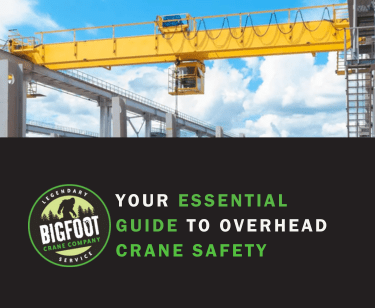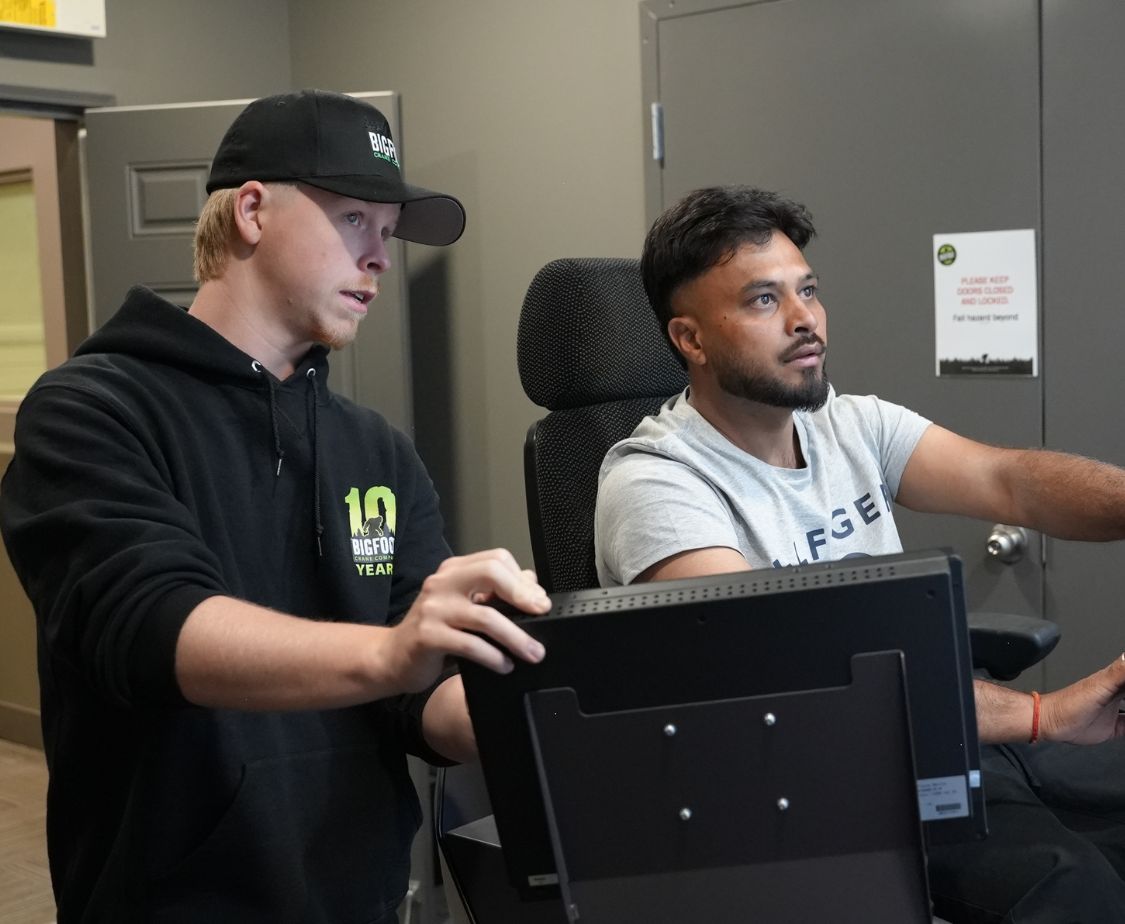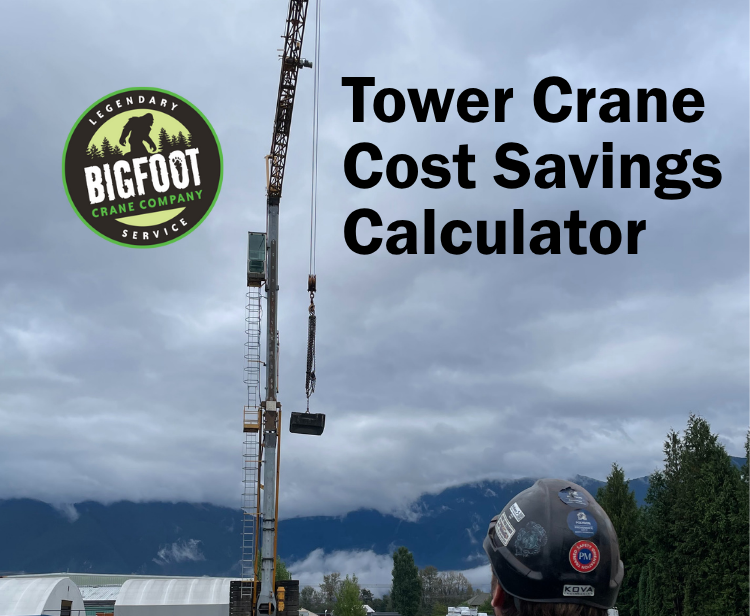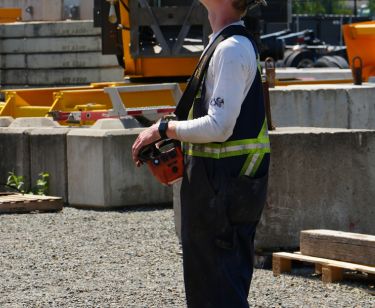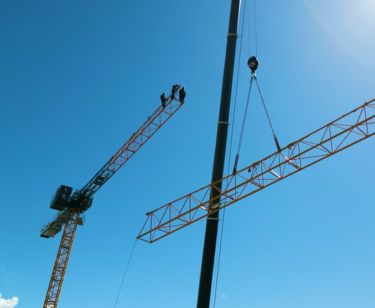Stay Safe
The importance of overhead crane safety has never been more evident. Cranes and hoists are vital in construction, but they can also lead to accidents, property damage, and even fatalities if not used properly. By understanding hazards and following safety guidelines, you can help reduce these risks.
Hazards to Watch For
- Electrical Hazards: Assume all power lines are live. Contact with energized lines can be deadly. Plan safety measures before starting work, keeping a safe distance from power lines, marked clearly with tape and signs.
- Overloading: Never overload a crane beyond its capacity. Overconfidence in experience over safety procedures often leads to accidents. Use load-measuring systems to prevent overloading.
- Side Pull: Cranes should lift straight up and down. A side pull can cause the wire rope to slip out of place, damaging it and potentially leading to accidents.
- Falling Materials: This is a common risk. Mechanical failure, slippage, and operator error can cause materials to fall. Always wear a hardhat and follow safety protocols, but remember these alone can’t always prevent injuries.
- Braking Issues: Relying solely on secondary brakes is risky. Both primary and secondary brakes are required, but secondary brakes aren’t designed to hold a load in case of primary brake failure.
Secondary Brakes: Not a Complete Safety Net
There are two types of secondary brakes: mechanical load brakes and regenerative brakes. Mechanical brakes are less common due to cost and heat generation. Regenerative brakes are more common but are not meant to hold loads in case of primary brake failure. Remember, it’s unsafe to walk under a load, regardless of the brake type.
Daily Inspections: A Must for Overhead Crane Safety
Daily safety checks are vital. Look and listen to identify potential issues. Check the following:
- Is the area clear?
- Does the crane look operational?
- Are repairs needed?
- Are the end stops functioning?
- Does the hoist work in all directions, and do the buttons match its movement?
Check for unusual sounds during hoist, trolley, and bridge movements. Record any unusual findings or changes. Daily inspections are a simple yet crucial step in preventing accidents and are required by OSHA and other regulatory agencies.
Common Sense and Attention: Key to Accident Prevention
Most accidents with overhead cranes can be prevented. Pay attention to potential hazards, perform daily inspections, and use common sense. These practices are not just for maintaining safety but are essential for ensuring the smooth operation of your construction projects.
Remember, Safety is Everyone’s Responsibility
As an operator, your role in ensuring safety is critical. By being aware of the risks and following the guidelines, you contribute to a safer work environment. Always prioritize safety over speed or convenience. Remember, a safe site is an efficient and productive one.
Conclusion
Overhead crane safety is about more than just following rules; it’s about fostering a culture of safety where every precaution is taken seriously. As you operate cranes and hoists, keep these safety tips in mind. Your vigilance not only protects property but, more importantly, saves lives.
